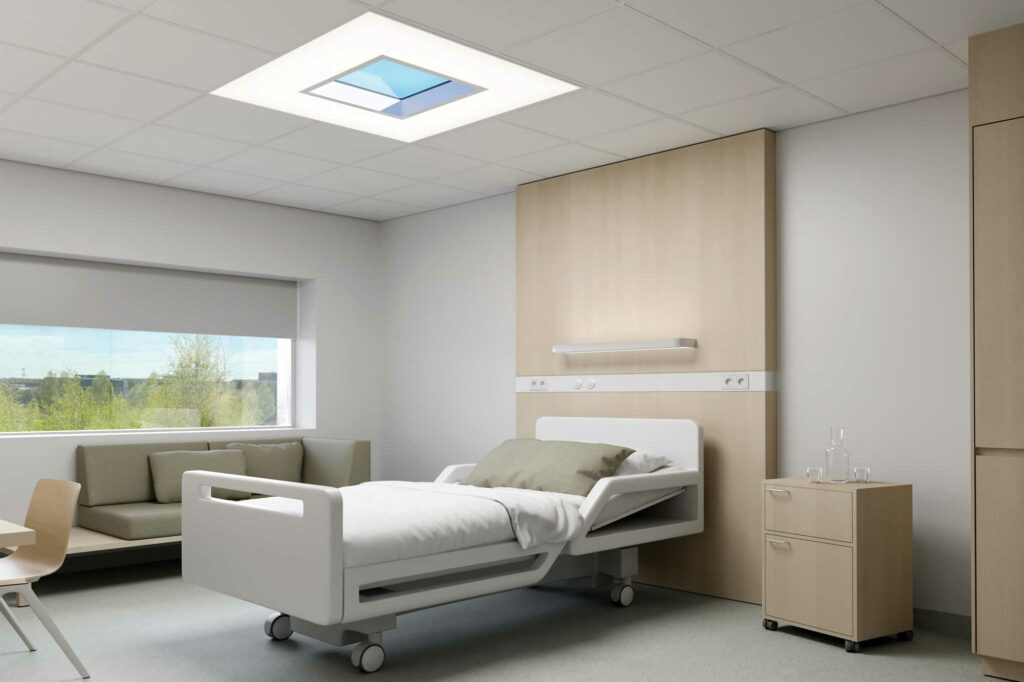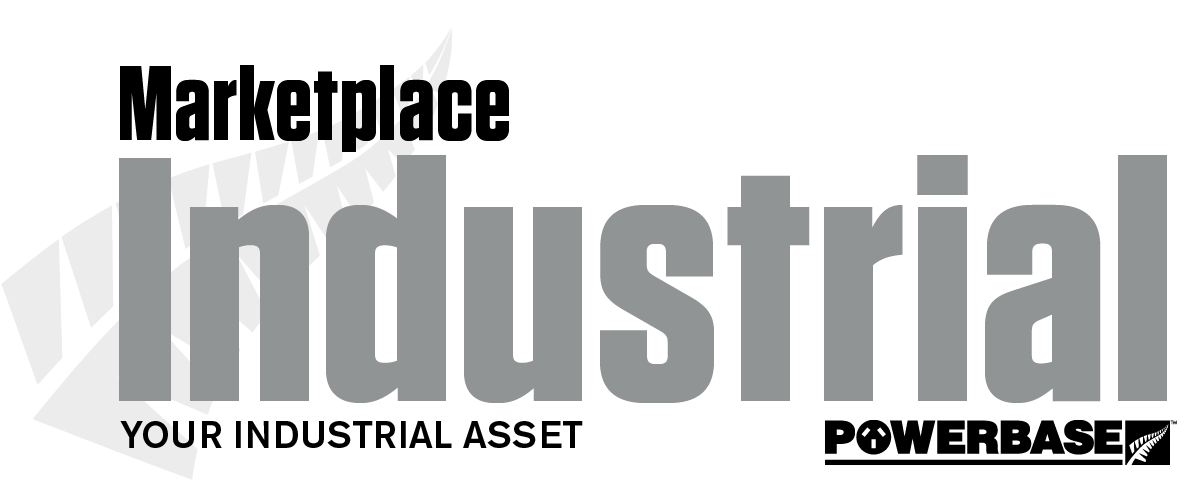The post COVID return to the office has pitted the traditional office against work from home setups, often to the detriment of office attendance.
Increasingly the WELL building standards is being used by building owners/operators and organizations seeking to improve the environment within offices and shared spaces to attract and retain key staff at key locations by delivering more thoughtful and intentional spaces that enhance human health and well-being.
WELL v2 includes a set of strategies—backed by the latest scientific research—that aim to advance human health through design interventions and policies to foster a culture of health and well-being. Built upon the pioneering foundation of the first version of the WELL Building Standard, WELL v2 draws expertise from a diverse community of WELL users, practitioners, public health professionals and building scientists around the world.
The role buildings can play in human health and well-being has never been more evident or more important. Thanks to an evolving evidence base, we understand more about the relationship between the physical environment and human health than ever before. We know how to create spaces that enhance – rather than hinder – health and well-being. We can measure – and then improve – the quality of our air, water and light. We can design environments that fuel our bodies, move us, keep us connected, inspire our best work and facilitate a good night’s sleep.
Philips has long been a pioneer in this space across its product and solution offering. Recently this research has culminated in Philips Lighting’s new NatureConnect solution which brings a more natural lighting system, based on biophilic design, which uses elements of nature and natural analogues in interior spaces creating a more happy and healthy space for people.
Unlike traditional lighting solutions, NatureConnect not only offers visual benefits but also biological and emotional benefits. It is therefore a powerful solution for meeting the design strategies of many preconditions and optimizations in WELL v2.
Philips NatureConnect has been designed with the following WELL features/functions in mind allowing building design strategies to take advantage of up to 14 points spread over different features and concepts.

Light features:
L01 Light Exposure (precondition)
This feature essentially requires spaces to provide appropriate general lighting for the space or location at hand.
L02 Visual Lighting Design (precondition)
This WELL feature requires projects to provide appropriate illuminances on work planes for regular users of all age groups, as required for the tasks performed in the space. The Day rhythm of NatureConnect creates a circadian rhythm that automatically adjusts the brightness over the day. It is designed such that for a typical lighting design the minimum illuminance occurring in the rhythm can achieve at least 300 lux, which meets the requirements from the IES Lighting Handbook 10th Edition for typical office tasks.
L03 Circadian Lighting Design (3 points)
This WELL feature requires projects to provide users with appropriate exposure to light for maintaining circadian health and aligning the circadian rhythm with the day-night cycle. The Day rhythm of NatureConnect creates a circadian rhythm that automatically adjusts the brightness and spectrum over the day. It is designed such that for a typical lighting design the vertical M-EDI occurring in the rhythm can achieve at least 250 lux during a 4-hour period, which meets the Tier 2 requirements from L03.
L04 Electric Light Glare Control (2 points)
This WELL feature requires projects to manage glare by using strategies, such as calculation of glare and choosing the appropriate light fixtures for the space. The NatureConnect Daylight luminaire is designed to have a UGR of max. 16, which meets the L04 glare requirements.
L05 Visual Balance (1 point)
This WELL feature requires projects to develop and implement strategies to create a visually comfortable lighting environment. The NatureConnect lighting system and luminaires are designed such that low contrast and high uniformity ratios can be achieved. Furthermore, automatic changes in light level and colour are designed such that these changes are comfortable and not visually distracting.
L08 Electric Light Quality (3 points)
This WELL feature requires projects to take into account characteristics of electric light used in the space, such as colour rendering and flicker. The NatureConnect Daylight luminaire has a CRI of ≥90 and R9 of ≥50 over the full CCT-range, which meets the Colour Rendering requirement of L08. The NatureConnect Daylight luminaire has Pst LM ≤ 1.0 and SVM ≤ 0.6, which meets the Flicker requirement of L08.
L09 Occupant Lighting Control (2 points
This WELL feature requires projects to implement innovative lighting strategies that take into account personal preferences of users, as well as their interaction with the physical space. The NatureConnect system allows to create Lighting Zones that can be controlled individually. This control is via wall-mounted control panels and allow to choose between 4 different scenes (Day rhythm, Energize, Relax, Present) that have different lighting levels and colours.
Mind features: (Max 2 points)
M02 Nature and Place (precondition)
This WELL feature requires the integration of nature throughout the project, as well as design that celebrates the project’s unique identity and inspires human delight. NatureConnect does this by providing a connection to nature, by creating colours, colour gradients of natural light, and creating cues of nature views.
M07 Restorative Spaces (1 point)
This WELL feature requires projects to provide spaces that promote a restorative environment and encourage relief from mental fatigue and stress. For a restorative space, NatureConnect can contribute via Dimmable lighting, Calming colours and Nature incorporation.
M09 Enhanced Access to nature (1 point)
This WELL feature requires the integration of nature and natural elements into the interior and exterior of the project, as well as the provision of nature views and nearby nature, such as green and blue spaces. NatureConnect does this by creating a (simulated) view outside from the workstations and seating in the floor plan.


